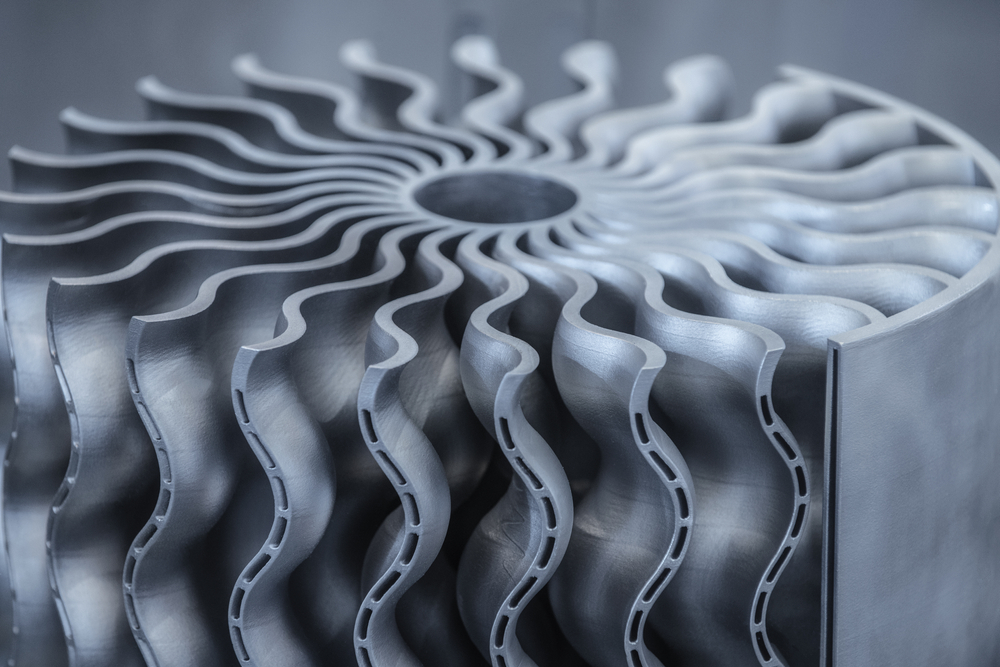Funding boost to UNSW metal additive manufacturing project
A project on metal additive manufacturing that is part of the AUSMURI research program has been extended by two years, paving the way towards 3D printing of the next generation of structural alloys.


